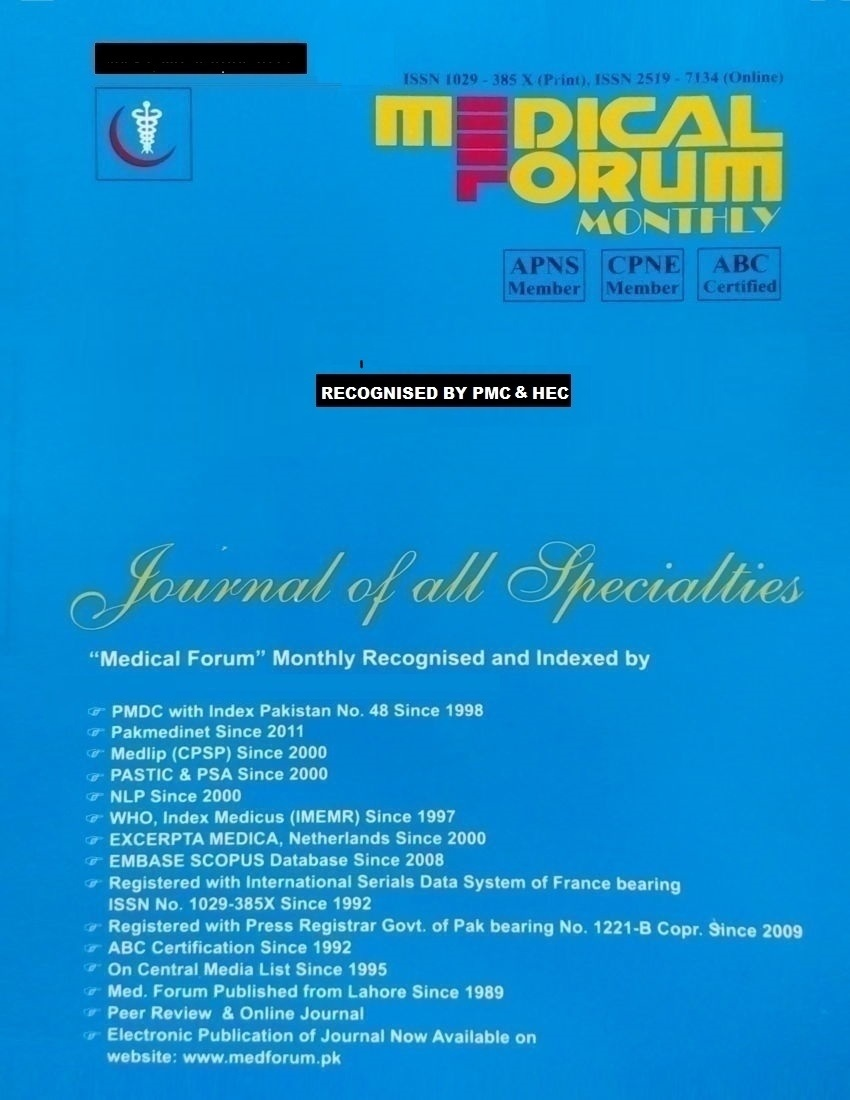
16.Simvastatin’s Intrinsic Calcium Channel Antagonistic Activity on Vascular Smooth Muscle Cells
Wajid Ali, Saima Bukhari, Muhammad Adeel and Khadija Imran
ABSTRACT
Objective: To determine the intrinsic calcium channel antagonistic activity of Simvastatin on vascular smooth muscle cells.
Study design: Experimental animal study on Rabbits aortic strips.
Place and duration of study: This study was conducted at Pharmacology department lab “Ayub Medical College, Abbottabad” from Jan, 2017 to Jan, 2018.
Material and Methods: In tissue organ bath of Power lab, different molar concentrations of Simvastatin were applied on the rabbit’s aortic strips to record its relaxing effects on the Spontaneous, KCl-induced and NE-induced contractions. Calcium chloride response curves (CCRCs) were drawn by decalcification of rabbit’s aortic strips and then the known concentration of calcium chloride was provided to draw control calcium chloride curves to compare it with simvastatin treated tissues; calcium chloride curves for simvastatin were constructed by using calcium channel blocker Verapamil as standard.
Results: Our study showed significant results for intrinsic calcium channel antagonistic activity of Simvastatin on Vascular smooth muscles (VSMCs), in comparison with Verapamil as standard.
Conclusion: This study demonstrates that Simvastatin have an intrinsic calcium channels (L-Type) antagonistic activity on vascular smooth muscle cells (VSMCs), besides its normal lipid lowering effects.
Key Words: Simvastatin. Vascular smooth muscle cells (VSMCs), Verapamil, Cardiovascular diseases (CVDs), CCB (Calcium channel blocker), Potassium chloride (KCl), Nor-Epinephrine (NE), CCRCs (Calcium chloride response curves)
Citation of articles: Ali W, Bukhari S, Adeel M, Imran K. Simvastatin’s Intrinsic Calcium Channel Antagonistic Activity on Vascular Smooth Muscle Cells. Med Forum 2019;30(4):70-73.
